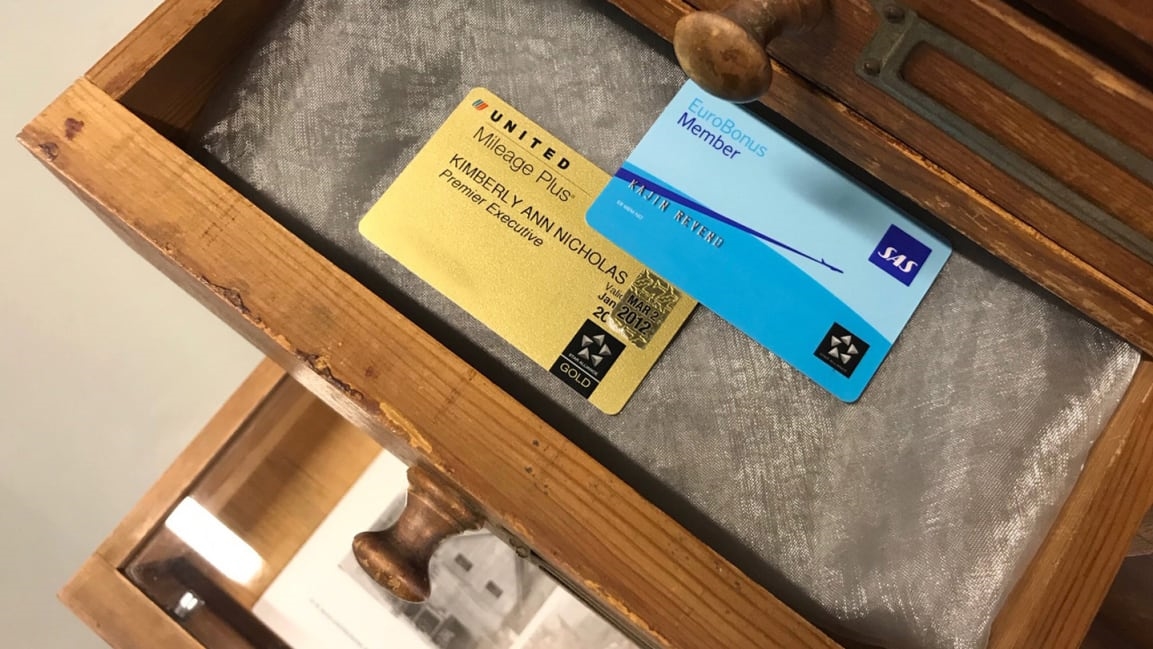It’s 2053 and we saved the planet: How will we look back at the time before we abandoned fossil fuels?
When you walk inside an exhibit currently on display in Lund, Sweden, you’re asked to imagine that the year is 2053. Three years earlier, the world reached a goal of net-zero emissions. And you’re standing inside a new museum looking back at the end of what the exhibit calls the “fossil age.”
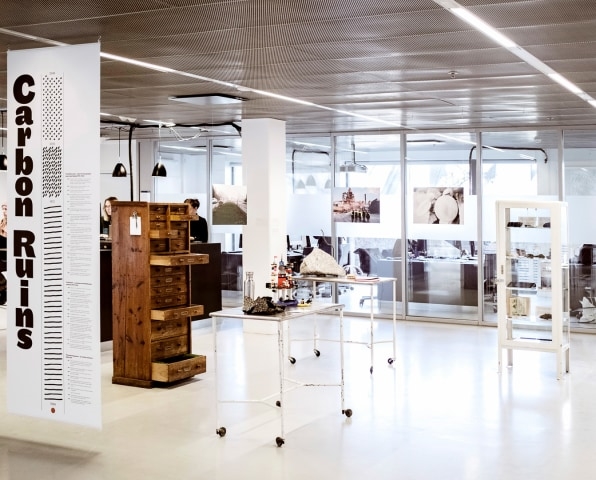
One display explains what a frequent-flyer card is, as it talks about the history of a social movement that boycotted air travel, forced new taxes on airlines, and made frequent flying obsolete; another talks about the demise of the hamburger. As you walk past a toy model of an oil platform built from vintage Legos, a guide explains the company’s transition to plant-based plastic. Another display talks about how coal, crude oil, and gasoline were used, and then steps through how the transition to renewable energy occurred.
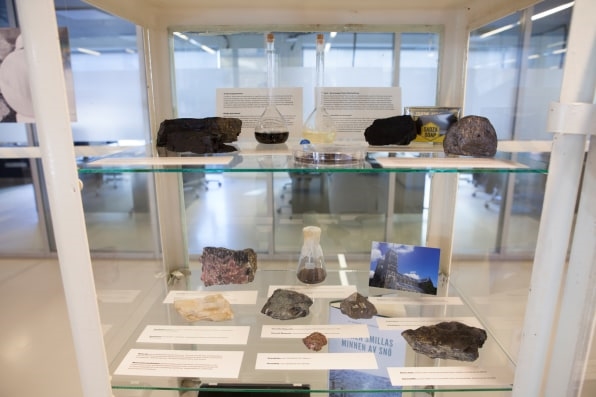
“It’s making the familiar, unfamiliar,” says Johannes Stripple, a political science professor at Lund University who coordinated the exhibit, called Carbon Ruins, with other researchers as part of a larger project called Climaginaries. “A museum is a way of doing that.”
Stripple has spent around a decade studying climate-change politics and the way that a transition to a low-carbon economy might unfold, and he wanted to talk about those ideas outside of academic journals. “In a sense, it’s about democratizing the public discussion about different kinds of climate futures, and how people relate to them and what they mean to them,” he says.
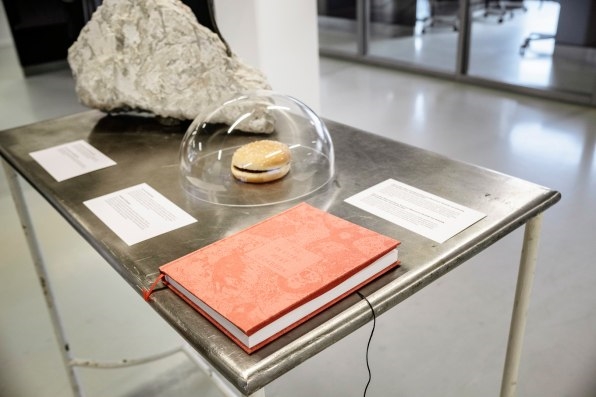
If the vision of climate futures is often apocalyptic—picture the floating communities in Waterworld or the shortage of drinking water in Mad Max: Fury Road—Carbon Ruins takes a different approach. “What I wanted to do was to have people to assume a point in time when the transition is done, when we’re through it, and when we’re looking back at how that came to be,” says Stripple. By starting with a premise that is both hopeful and plausible (Sweden plans to reach net-zero emissions by 2045), the discussion “does not end up in either techno-utopias or dystopian catastrophism,” he says. “In scenario terms, this is sometimes called ‘back-casting,’ assuming a certain stage of future affairs and then outlining how we could get there.”
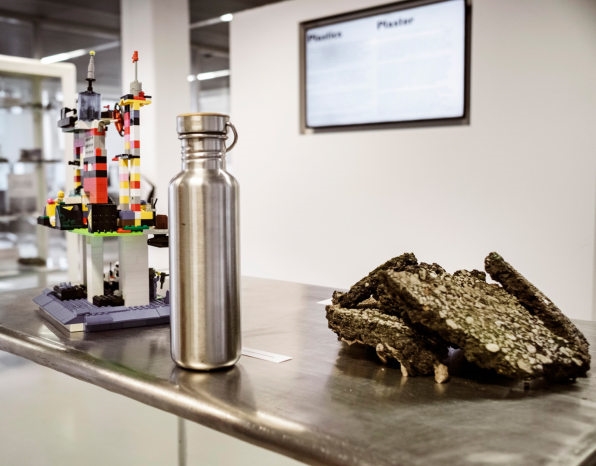
The researchers worked with experts in agriculture, energy, plastic, and other areas, to speculate about objects that would be left behind. Some displays focus on changes that will happen in coming decades, like a section on new conflict minerals that looks at material shortages caused by battery production for renewable energy. Another section talks about the linkage of unexplained deaths to the ubiquity of microplastic pollution (in 2019, though we know that microplastic is found in drinking water, fish, and many other places, we still don’t understand the health impacts of ingesting it.) A transportation section talks about how most of the technologies in use in midcentury had been in place for decades, but the relationship between people, infrastructure, and vehicles changed:
The decline in car ownership began only once the subsidies and policies that favored them were removed by governments reacting belatedly to the undeniable effects of climate change. Once the ultimate symbol of individual freedom and convenience, cars became an expensive anachronism, unwelcome in (if not actively excluded from) ever-greater sections of cities and towns, and multi-lane highways were torn up to be replaced by tramways and the “linear parks” that are now an urbanist’s cliché.
The exhibit is moving between different locations in the city of Lund, and the researchers are interested in creating a mobile version that can travel to other cities, with the aim of helping people think about how the climate transition can happen. “By focusing on recognizable objects,” the researchers write in a description of the project, “the exhibition bridges the gap between the daily lives of humans and the abstract impacts of climate change.”
(17)


